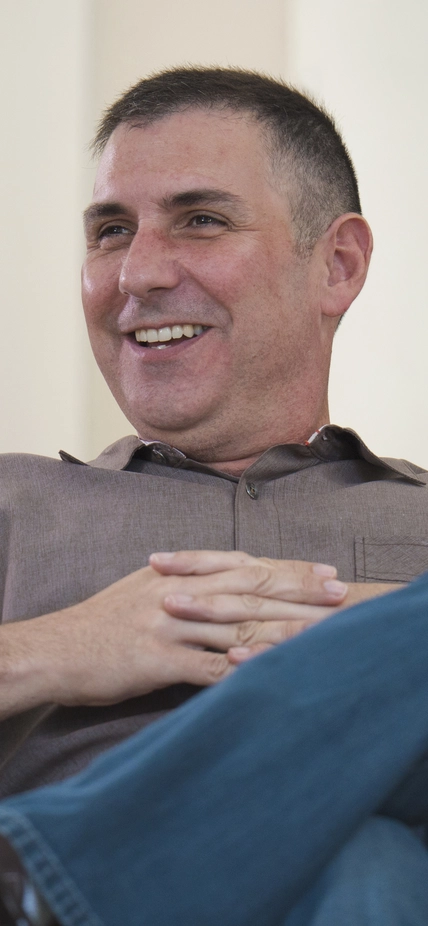Pasadena, CA- John Mulchaey has been appointed the new Crawford H. Greenewalt Director of the Carnegie Observatories. He is the eleventh director of the historic department, which was founded in 1904. He follows in the footsteps of such astronomical giants as George Ellery Hale and Horace Babcock. Mulchaey was appointed acting director in 2014.
“We could not be more pleased,” remarked Carnegie president Matthew Scott. “John has been with Carnegie for 20 years and has been intricately involved in all the research and telescope development during his tenure. In addition to his outstanding scientific accomplishments, he has proven to be a terrific leader, effective and highly popular with our astronomers. He has run our postdoctoral fellowship program beautifully. His scientific expertise, his judgement about how to foster scientific education and projects, and his leadership experience will be crucial for launching Carnegie into the next era of astronomical research. He has been heavily involved in planning the Giant Magellan Telescope, which will be built on our land in Chile, and will continue to be a key coordinator for GMT research as it comes on line in the next decade.”
Mulchaey investigates groups and clusters of galaxies, elliptical galaxies, dark matter—the invisible material that makes up most of the universe—active galaxies, and black holes.
As a graduate student, Mulchaey led the team that discovered that some galaxy groups are bright X-ray sources. This work suggested that galaxy groups are dominated by elusive dark matter that does not emit light but has a strong gravitational pull.
Mulchaey works extensively with space-based, X-ray telescopes, and the extraordinary optical Magellan telescopes at Carnegie’s Las Campanas Observatory in the Atacama desert of Chile. X-ray images alone are not sufficient to uncover the nature of galaxy groups. Follow-up observations with large-aperture optical telescopes, such as the Magellans, are necessary to determine galaxy type and distance.
Mulchaey received his B.S. in astrophysics from UC-Berkeley and his Ph.D. from the University of Maryland. He was a graduate student fellow at the Space Telescope Science Institute in Baltimore, and a postdoctoral fellow at the Carnegie Observatories in Pasadena, before joining the Carnegie staff.
